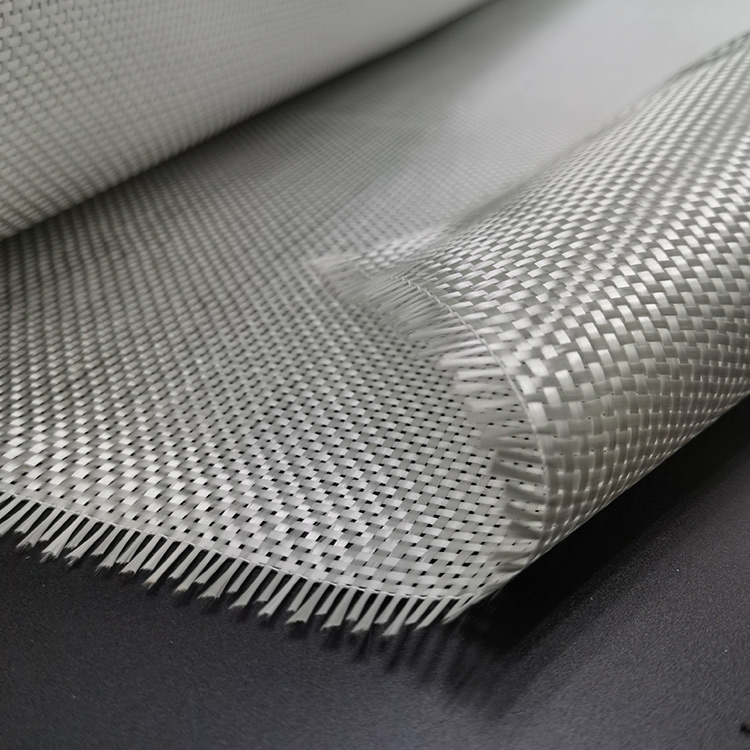What is Fiberglass Fabric?
Fiberglass fabric is a high-performance woven material made from fine glass filaments. These fibers are spun into threads and then woven into various fabric types, often used in industrial, automotive, marine, and aerospace applications.
Unlike cotton, polyester, or nylon, fiberglass fabric is not made from organic or petroleum-based materials—it’s derived from molten glass. This gives it exceptional properties such as high tensile strength, fire resistance, and excellent dimensional stability.
How Fiberglass Fabric is Made?
The manufacturing process of fiberglass fabric begins with melting raw materials like silica sand at extremely high temperatures (over 1,400°C).
The molten glass is then extruded through superfine nozzles to create continuous filaments.
These filaments are bundled into rovings or yarns and woven into fabric using various weave patterns like plain, twill, or satin.
Some fiberglass fabrics are then treated or coated (e.g., with PTFE or silicone) for improved surface properties depending on the application.
Fiberglass Fabric vs. Traditional Textiles
| Feature | Fiberglass Fabric | Cotton/Polyester/Nylon |
| Origin | Inorganic (glass) | Organic or synthetic |
| Heat Resistance | Up to 1000°F (538°C) | < 400°F (204°C) |
| Strength | High tensile strength | Moderate to low |
| Flammability | Non-flammable | Flammable |
| Water Absorption | Minimal | High (cotton) |
| Cost | Higher | Lower |
In contrast, fiberglass fabric excels in harsh environments where durability, heat resistance, or chemical stability is critical.
What Makes Fiberglass Fabric Unique?
Fiberglass fabric is distinguished by its ability to perform in extreme conditions.
It is:
-
Fire-resistant and self-extinguishing, making it suitable for thermal insulation and fireproof barriers.
-
Chemically resistant, tolerating acids, solvents, and moisture without degradation.
-
Electrically insulating, often used in printed circuit boards and electrical insulation wraps.
-
Dimensionally stable, resisting stretch and shrinkage even under heat and load.
These features make it an irreplaceable material in many high-performance environments.
Common Applications of Fiberglass Fabric
Fiberglass fabric is used across various industries due to its unique characteristics:
-
Construction: Reinforcement in concrete, roofing membranes, and insulation.
-
Automotive and Marine: In composites for body panels, boat hulls, and structural parts.
-
Aerospace: Lightweight structural components and insulation layers.
-
Electronics: PCB substrates and thermal protection wraps.
-
Fire Safety: Fire blankets, welding curtains, and protective clothing.
Conclusion
Fiberglass fabric stands apart from traditional fabrics thanks to its unique combination of strength, heat resistance, and durability.
Whether you're in construction, aerospace, or manufacturing, understanding how fiberglass fabric differs from conventional materials can help you make better material choices for your project.




